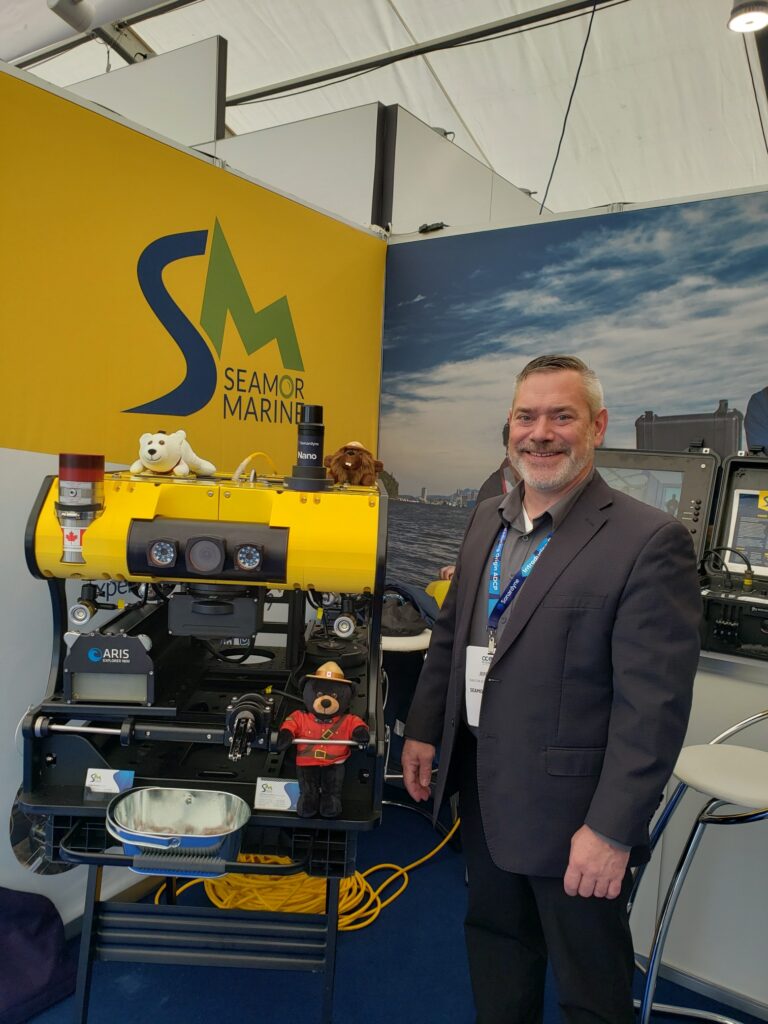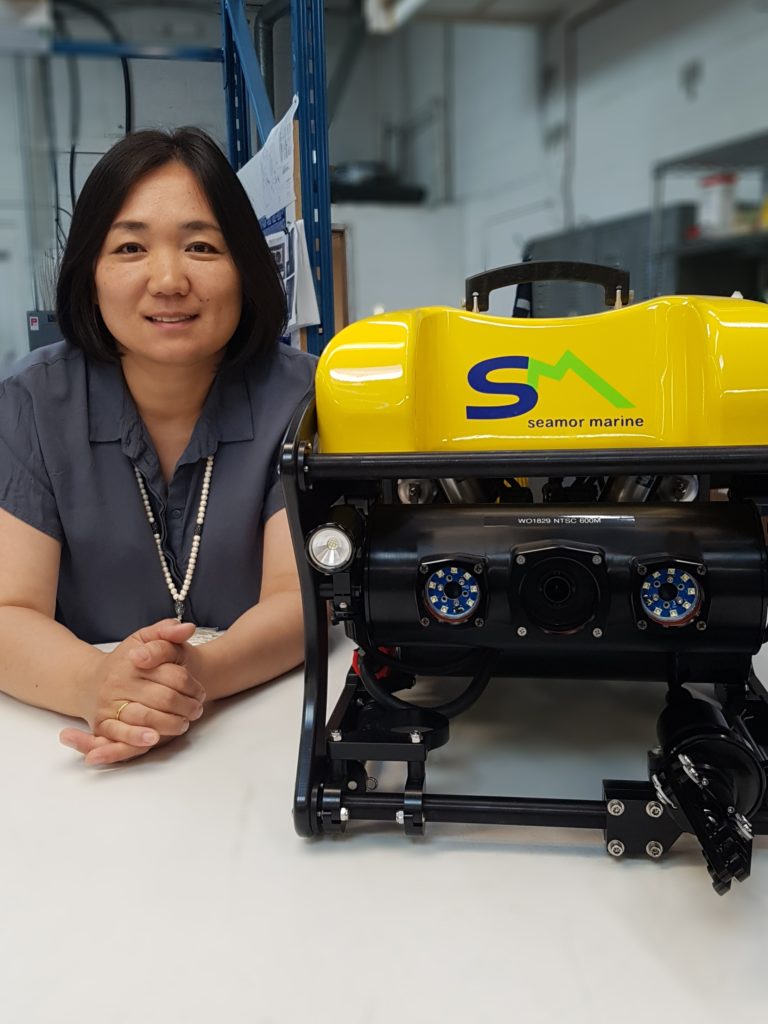Classifying ROVs can happen in several ways, including:
- Based on operational depth: This is one of the most common ways to classify ROVs and refers to the maximum depth an ROV can safely operate in. Some common depth classifications include shallow-water ROVs (for depths up to 200 meters), mid-water ROVs (for depths up to 1,000 meters), and deep-water ROVs (for depths greater than 1,000 meters).
- Based on size and weight: This is another common way of classifying ROVs refers to the overall size and weight of the vehicle. ROVs can range from small, handheld units to large, heavy-duty vehicles that require a support vessel.
- Based on purpose or application: This classification system takes into account the specific task or application the ROV was designed to perform. For example, there are ROVs designed for scientific research, military applications, oil and gas exploration, and underwater inspections and maintenance.
What about SEAMOR ROVs?
SEAMOR ROVs are a bit of a hybrid between classes. These ROVs are built to be multipurpose, agile, durable and easy to maintain. Our new Mako 2023, for example, fit perfectly between inspection or observation class ROVs and the huge working class ROVs.
Observation or Inspection Class ROVs
These are the smallest and simplest ROVs, typically used for basic inspection and observation tasks. They are often equipped with a camera and lights, and may have a limited range of motion. They are relatively low-cost and easy to operate, making them a popular choice for a wide range of applications.

Work Class ROVs
These are larger and more capable ROVs that are equipped with a wider range of tools and instruments for tasks such as maintenance, repair, and construction. They are typically equipped with manipulator arms, cameras, lights, and other tools, and may have a greater range of motion. They are designed for use in deeper waters and are used in offshore oil and gas, scientific research, and other applications.
Deep-water and ultra-deep water class ROVs
The ROVs in this group are the most capable and sophisticated ROVs. They designed for use in the deepest waters. They typically have the greatest range of motion and the widest range of tools and instruments, and are used in a wide range of applications such as oil and gas exploration, scientific research, and deep sea mining.
Back to SEAMOR
Our ROVs have components of each class. It is true that our models are not the behemoths used in marine science expeditions. However, our Mako 2023 is very useful when it comes to inspection jobs and smaller tasks for offshore projects. Cleaning infrastructure, surveying the environment, conducting inspections and performing small maintenance tasks with the help of robotic arms, are all possible.
SEAMOR ROVs have another advantage; they’re high-quality, modular and durable. This means that, even though the ROV is smaller, it can still do a fantastic job. The main benefit of a smaller size, while keeping its functionality, is the cost. SEAMOR ROVs are cost-effective and space-effective. Don’t take our word for it, get in touch for a demo so you can see it for yourself.

